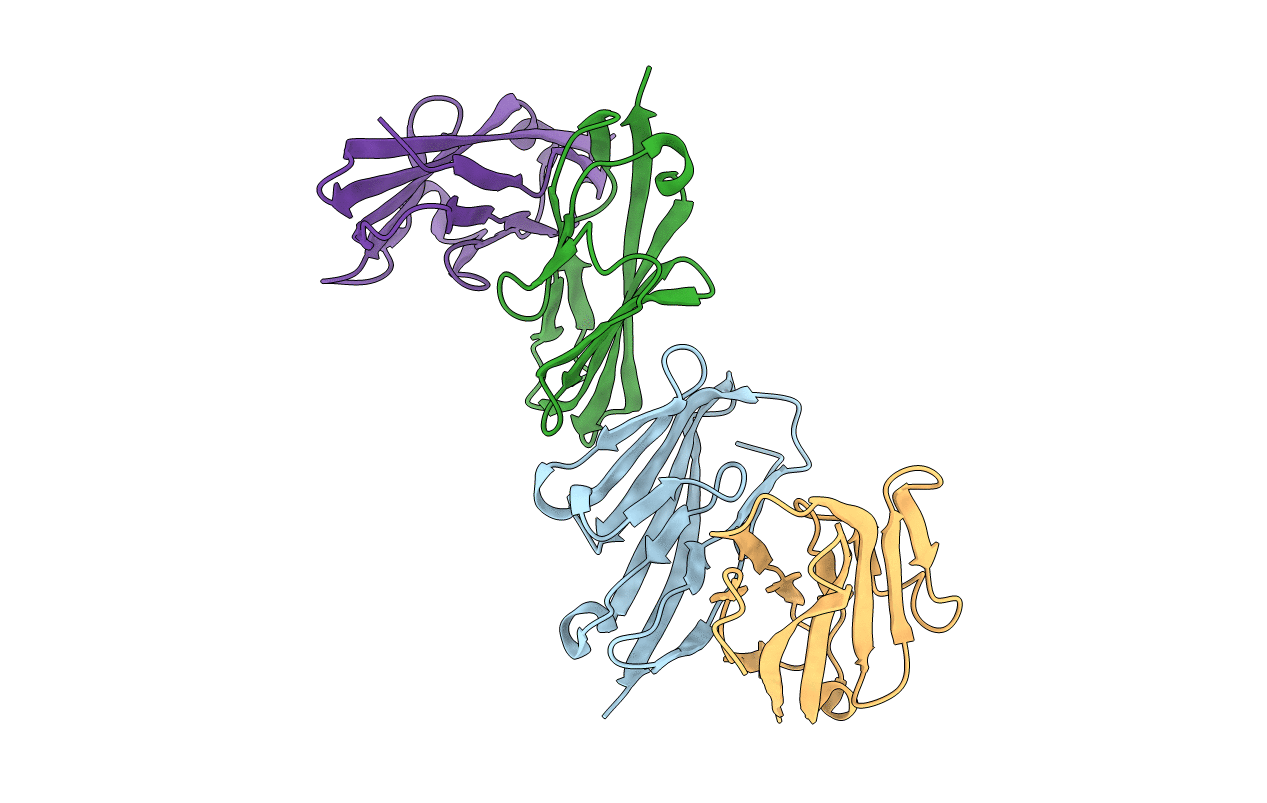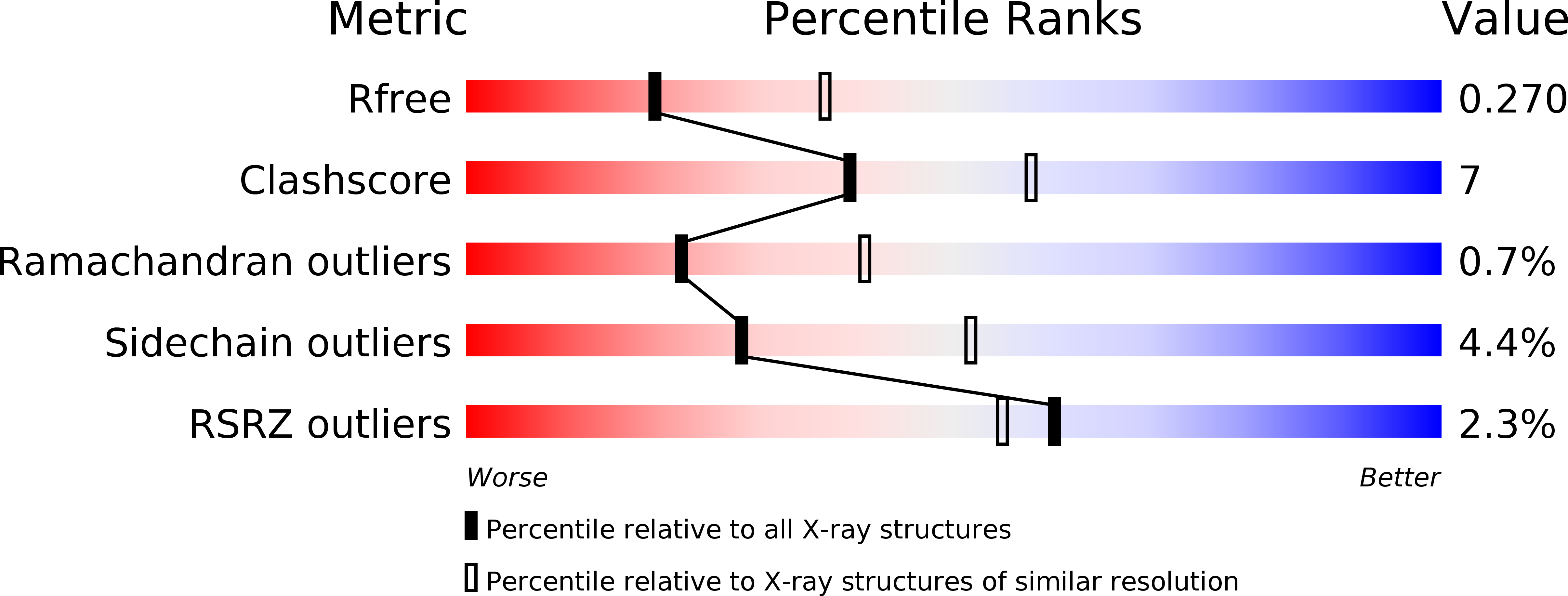
Deposition Date
2011-10-27
Release Date
2012-03-14
Last Version Date
2024-11-20
Entry Detail
PDB ID:
3UCR
Keywords:
Title:
Crystal structure of the immunoreceptor TIGIT IgV domain
Biological Source:
Source Organism:
Homo sapiens (Taxon ID: 9606)
Host Organism:
Method Details:
Experimental Method:
Resolution:
2.63 Å
R-Value Free:
0.27
R-Value Work:
0.21
R-Value Observed:
0.21
Space Group:
P 32 2 1


